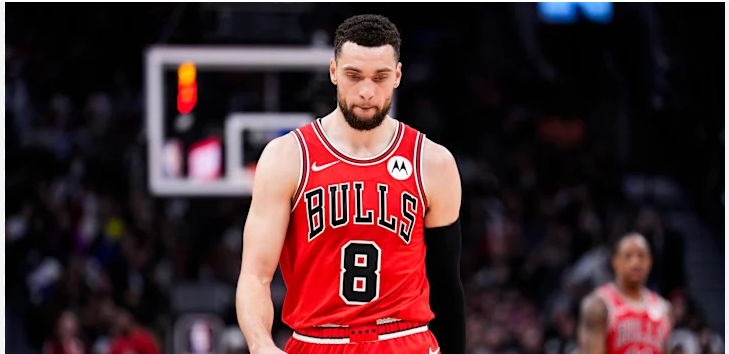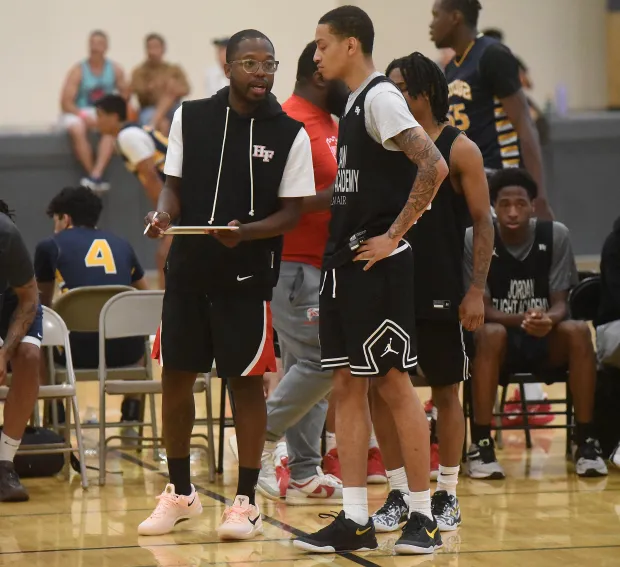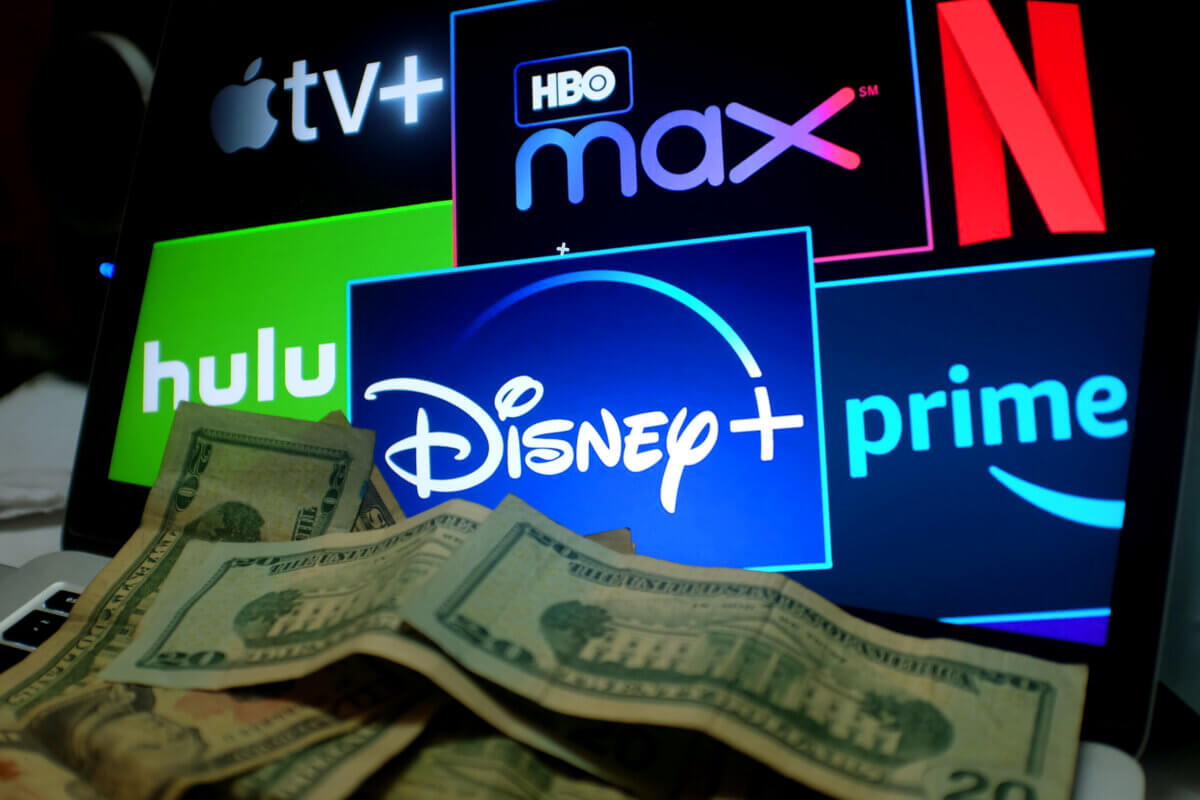The NBA’s new financial rules are reshaping how teams evaluate the player value, particularly for those who might be considered ‘borderline all-stars’.
The league has changed the threshold that teams cannot exceed without incurring significant penalties and will impose penalties on future draft picks if it is exceeded. This is preventing teams with billionaire owners from simply paying their cost-cap expenses. This was evident in the offseason when the Los Angeles Clippers did not sign star Paul George, as the amount of money he requested would have put them over the first apron, and he ended up with the Philadelphia 76ers, a team with more money to spend instead.
However, this new financial rule raises questions about the value of players. The main concern is players who are the main option on teams accustomed to offering max contracts. Now that teams are reconsidering how much they are willing to pay for these players. Teams are also hesitant to trade for these players because they potentially may not profit enough to justify the expense. While this is a disadvantage for these players, this is better for the league and teams that do not have rich owners who can tank the luxury tax. This will also incentivize players to improve to earn the contracts that they have been previously receiving.
These players find themselves in what is essentially NBA purgatory when their contracts end, as teams are reluctant to risk being in the apron if the players are not producing top-30 statistics. Yet, these players are too talented to be compensated as role players. So, what are they?
I refer to them as “almost stars,” players who are the number one option for their teams but are not among the top players in the league. This group includes Zach LaVine, Brandon Ingram and Trae Young, to name a few. While these players are great, they are no longer able to be treated like superstars, and many of these players are in their late 20s or early 30s and may have already reached their peak. For example, Jimmy Butler will be paid $48 million this year, making him the 11th highest-paid player this season at 35 years old. Unfortunately, many of these players are not improving statistically. A perfect example being LaVine, whose breakout year was during the 2018-19 season at age 23. Now 28, LaVine had a great 2020-21 season, averaging 27 points, but has been regressing ever since.
Fred VanVleet is another player who has declined since his breakout 2021-22 season when he earned his first and only All-Star appearance with the Toronto Raptors. This year, VanVleet will be the 20th highest-paid player, surpassing MVP candidate Shai Gilgeous-Alexander, Finals MVP Jayson Tatum and Timberwolves guard Anthony Edwards.
These players are in the final years of their max contracts and teams will not want these players for the money that they are asking. They can try to have another breakout year in the offseason or become second options for a top-30 player in the league. Or they can take a role change and become the rare cases of players who have retained their max contracts while playing at an almost superstar level. Players like Michael Porter Jr., Tyrese Haliburton, and Jaylen Brown have performed at a base all star level. On the contrary they either are young and show promise for improvement or have already contributed to their teams deep playoff runs or championships, this won’t work for some of the older players who haven’t had playoff success in their careers.
The other option, which players may find less appealing, is to accept above-average role-player salaries while potentially maintaining their star roles. Many crucial players take smaller contracts to allow their teams to sign good players. Notable examples include Andre Iguodala with the Golden State Warriors, Dirk Nowitzki with the Dallas Mavericks, and John Wall‘s 2016-17 contract, which ranked 50th in player salaries despite him finishing seventh in the MVP race.
Both options may be unachievable or ineffective, but one thing is certain; if these players do not adapt to the new financial rules, no team in the league will want them.
These new rules add a new level to determining the worth of players and those that are in the almost star tier are the ones that teams have to determine the most. These players are either going to have to improve their skills or settle for less to still be wanted in the league.









